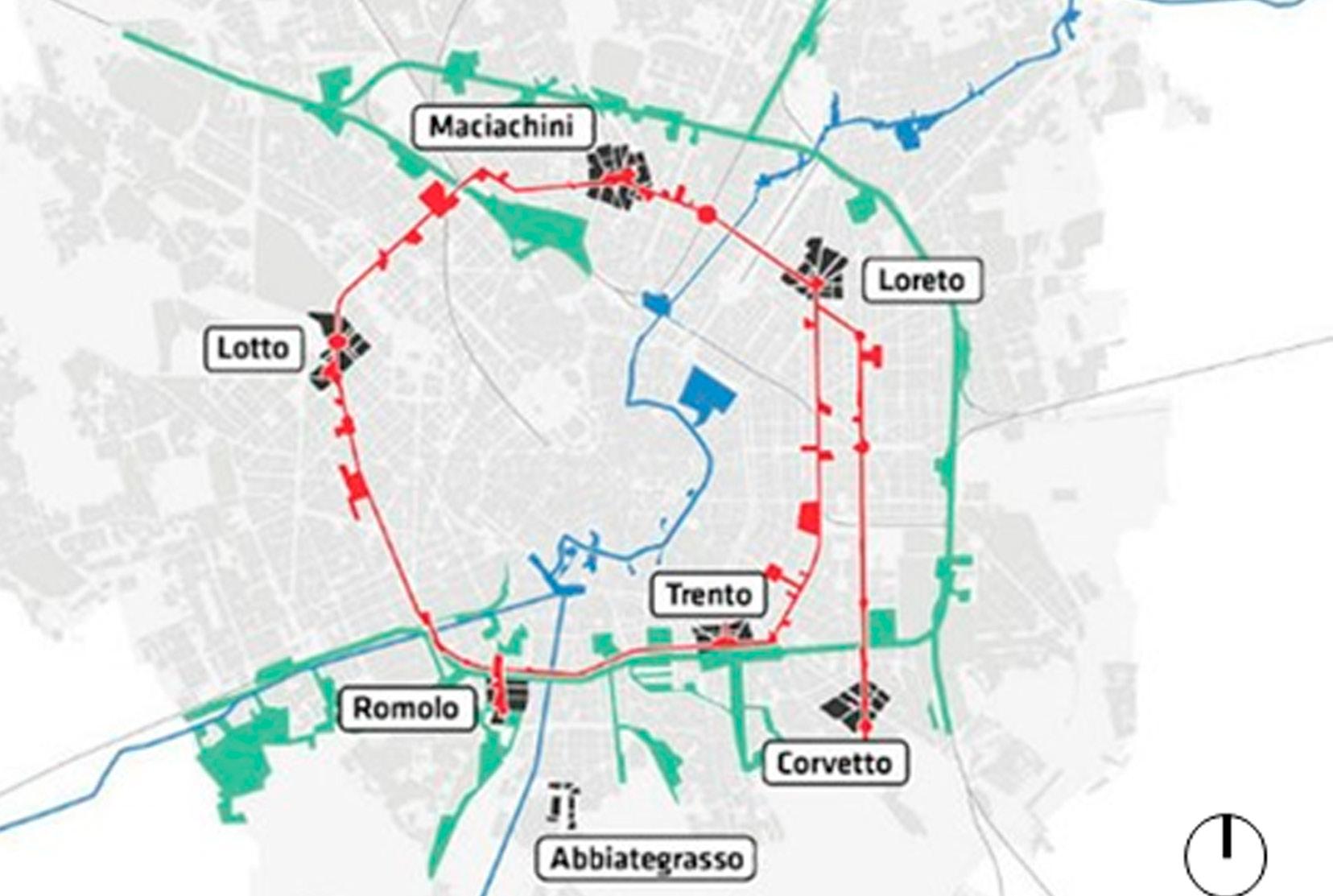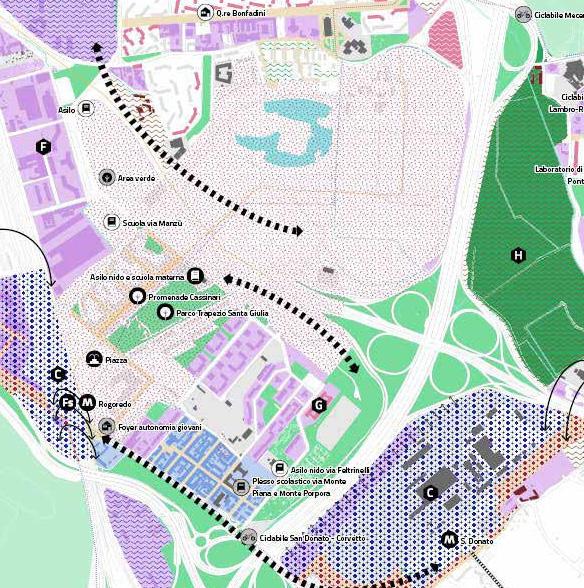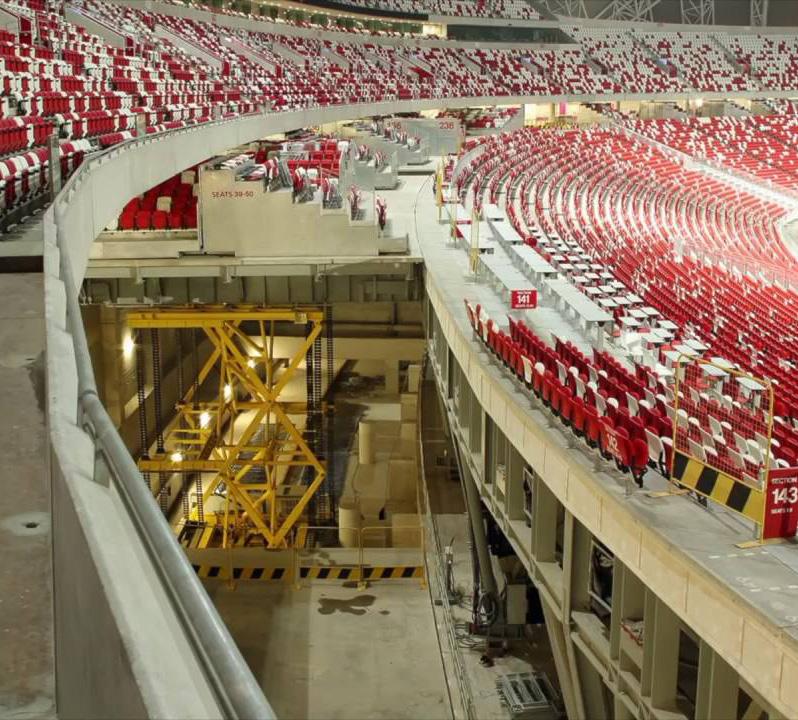
1 minute read
ARCHITECTURE OF SPORT BUILDINGS ROLE OF SPORT BUILDINGS
Ever since the Greeks designed the first stadium, the Stadium at Olympia where the ancient Olympic games were held from 776 B.C, sport’s buildings have served as a gathering place for thousands of spectators weeping, whooping, and chanting in unison. No doubt sport buildings have evolved tremendously from Greek’s white marble stadiums to the Colosseum and Stadio di Domiziano in Rome to the Bird’s Nest Olympic Stadium in modern China. The sport buildings have developed and undergone several design changes; technical and structural experimentation, materials chosen, urban relation with city and landscape, and finally to function and symbolic value.
There is little doubt that sport has developed on an extraordinarily wide scale during recent decades, and it is one aspect of modern life which is widely encountered throughout the world in both industrial societies and developing nations.
Advertisement
In the past, the symbol of the city used to be the city-hall, the congress hall, the library, the museum, etc. Nowadays, the stadium and sport facilities are the symbol of the city as they express a great charge of energy. In contemporary society, the entertainment becomes spectacles in which it becomes an expression of social cohesion for the individual and an expression of the identity values of a place.









